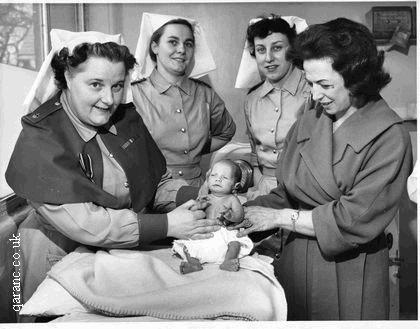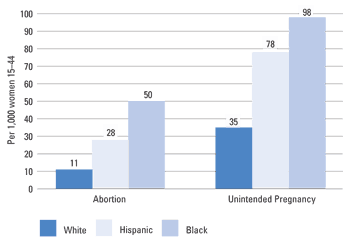Abortion has been a controversial topic from the beginning of time. In
the 1800's it was legal for women to terminate their pregnancy until the first
fetal movement was detected. This ban was adopted by the original British
common law. Abortions got a bad reputation for being unprofessional because of
the people performing the procedures. It was common for irregular doctors and
midwives to perform the abortion procedure, rather than general physicians.
Abortion numbers increases between the years of 1850 - 1860. The ratio
between Abortions and live birth is 1:5. This spike in numbers of abortions quickly
pushed anti- abortion laws in congress. People didn't like the idea of abortion
and had very strong views opposing it. In the 1840's it was more likely for the
middle - upper class women to have the abortion procedure. It was because they
wanted to limit their family size to stay in their socioeconomic status. In
this time families started to live in more rural areas which caused the families
to live a more urban lifestyle. They no
longer needed to have large families to help farm and grow their crops. They no
longer relied on the work of their children in the fields or family business.
This was a huge change in culture at this time. Small families became the
social norm of urban life. Some people against abortion would say that it was the women's
selfishness that lead them to abort their babies. They limit their family size for fear of their
socioeconomic status.
Stated in
the article called Mid-1800s and After: States Begin Outlawing Abortion, "In the late 1800s, the newly formed
American Medical Association (AMA) argues that abortion is both immoral and
dangerous."
The Boston
surgeon, Horatio Robinson Storer, M.D. (1830-1922) was known for leading the "Physicians' Crusade Against
Abortion" in 1857. He carried out extensive research and
concluded in the 1859 American Medical Association Report that “thousands and
hundreds of thousands of lives are… directly at stake, and are annually
sacrificed” as a result of abortion.
In 1910 the AMA set strict rules
banning midwives and homeopaths from performing abortions. During this time,
every state had strict laws against aborting the baby otherwise to save a mother's
life. These abortions were only done by Doctors. After the strict banning of abortions, "back- alley"
abortion numbers skyrocketed. More women died from these illegitimate procedures
in this time than any other time in history. Women did not have enough money to
have the doctor carry out the procedure so many women were forced to have
"back- alley" abortions which resulted in complications.
Even in this day and age,
Abortion still raises some heated arguments. There are two sides; Pro-Choice
and Pro-Life. And most will argue very passionately their views.
Statistics among abortions and
classes of women are far more different today. In the 1840's it was most likely
for a women of higher class in the socioeconomic status to go through with
abortions. Now in today's society, lower class women are more likely to get
abortions. According to the Guttmacher Institute, "Forty-two
percent of women obtaining abortions have incomes below 100% of the federal
poverty level ($10,830 for a single woman with no children). Twenty-seven
percent of women obtaining abortions have incomes between 100–199% of the
federal poverty level."
Statistics today show that in
white women there are 138 abortions in every 1,000 births. In black women there
is a ratio 501:1,000. This goes hand-in-hand with stereotypes of low income and
race. Most people have stereotypes of the black women in poverty getting
abortions. 73%
of women said that they couldn't afford a baby at the time 48% said that they did not want
to be a single mother or were having relationship problems








